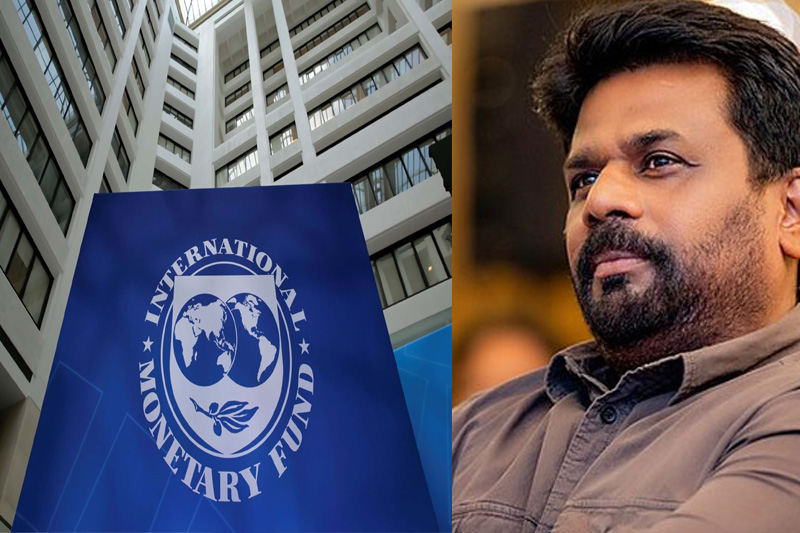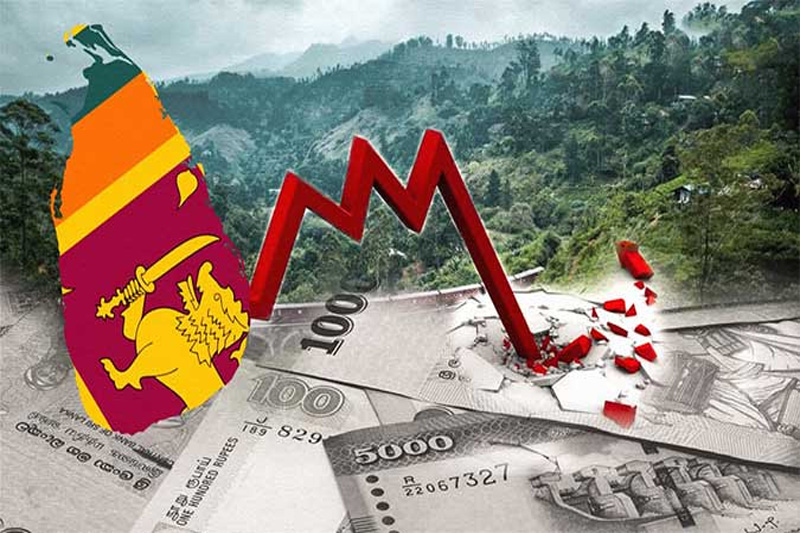By Rohana Jith
Two years after Sri Lanka’s economic collapse, which led to mass protests and the resignation of its president, the nation is experiencing modest growth. However, hardships persist, and political dissatisfaction is rife, especially as opposition mounts against economic reforms under new President Anura Kumara Dissanayake.
What Caused the Crisis?
Years of under-taxation, weak exports, excessive reliance on debt, and policy missteps, along with the COVID-19 pandemic, triggered Sri Lanka’s 2022 economic meltdown. Recent tax hikes and subsidy cuts have worsened the situation for many, disproportionately affecting average citizens while sparing the wealthy.
Why It Matters?
Despite an International Monetary Fund (IMF) bailout, Sri Lanka remains vulnerable to debt distress and potential political unrest. The upcoming elections may influence how economic reforms are shaped and implemented, offering an opportunity to rectify past mistakes.
What Needs to Be Done?
The new government must collaborate with the IMF to ensure economic reforms are equitable, benefiting all citizens. Strengthened anti-corruption measures and additional debt relief will help provide fiscal flexibility and garner public support.

Sri Lanka plans to introduce a single policy rate by the end of 2024, according to Central Bank Governor Nandalal Weerasinghe.
This move aims to simplify the current dual rate system, enhancing transparency. Stakeholder consultations are underway, and the single rate is expected to be implemented soon, although concerns remain over its potential impact on exchange rate volatility and political stability.
While Sri Lanka's Central Bank initially projected a 3% growth rate for 2024, the governor now anticipates a stronger economic performance, potentially exceeding 4%, thanks to increased economic activity, low inflation, and strong exchange rates. Other financial institutions, such as the World Bank and Asian Development Bank, have forecast growth between 2.2% and 2.6%.
Inflation has continued to decelerate, with headline inflation dropping to 1.1% in August 2024, down from 2.5% in July. Food inflation remains at 2.3%, while non-food inflation has fallen to 0.2%.
Government revenue increased significantly in the first seven months of 2024, but total expenditure also rose, keeping the budget deficit high. Meanwhile, the country’s overall liquidity position improved, with notable increases in secondary market transactions for Treasury Bills and Bonds.
The Sri Lankan rupee has appreciated by 7.9% against the U.S. dollar this year, and crude oil prices have seen a downward trend, influenced by fluctuating global demand and OPEC+ supply decisions.
Despite these positive indicators, economic challenges remain, including ongoing concerns about debt sustainability and the potential for social unrest.

In the seven months ending in July 2024, government revenue and grants increased to Rs. 2,161.8 billion, up from Rs. 1,516.8 billion during the same period in 2023. Total expenditure and net lending rose to Rs. 3,034.4 billion from January to July 2024, compared to Rs. 2,987.7 billion in the corresponding period of 2023.
The overall budget deficit reduced to Rs. 872.6 billion during this period, a significant drop from the Rs. 1,470.9 billion recorded in the same timeframe of 2023. Net domestic financing also decreased to Rs. 789.3 billion, down from Rs. 1,404.5 billion in 2023, while net foreign financing increased to Rs. 83.4 billion, up from Rs. 66.3 billion.
Treasury Bill yields slightly declined across both primary and secondary markets, except for the 91-day Bills in the primary market. This led to a more notable decrease in Treasury Bond yield rates in the secondary market. Foreign investors' holdings of T-Bills and T-Bonds remained stable. T-Bill auctions were oversubscribed by nearly twice during the week.
The Weekly Average Weighted Prime Lending Rate (AWPR) for the week ending 27th September 2024 fell by 6 basis points to 9.32%. Reserve money decreased from the previous week, largely due to reductions in currency circulation and commercial bank deposits at the Central Bank.
By 27th September 2024, the All Share Price Index (ASPI) rose by 7.36% to 11,773.88 points, and the S&P SL 20 Index increased by 9.92% to 3,409.90 points compared to the previous week. Market liquidity saw a surplus of Rs. 27.432 billion, reversing a deficit of Rs. 23.834 billion from the prior week.
A 20% increase was observed in secondary market transactions of T-Bills and T-Bonds compared to the previous week. The Sri Lankan rupee appreciated by 7.9% against the US dollar during the year up to 27th September 2024.
Between 21st and 27th September 2024, crude oil prices experienced a downward trend. Prices fluctuated due to concerns over slowing global demand and possible supply disruptions from conflicts in the Middle East. However, by the end of the week, prices dropped significantly on expectations of increased supplies from Libya and OPEC+. Brent and WTI prices fell by US$3.74 and US$4.17 per barrel, respectively.
On 27th September 2024, the Central Bank decided to maintain its Standing Deposit Facility Rate (SDFR) at 8.25% and the Standing Lending Facility Rate (SLFR) at 9.25%. Broad money (M2b) grew by 9.3% year-on-year in August 2024, while net credit to the government decreased by Rs. 93.7 billion. Credit to public corporations fell by Rs. 20.5 billion, whereas credit to the private sector increased by Rs. 135.2 billion, reflecting a year-on-year growth of 8.7%.



